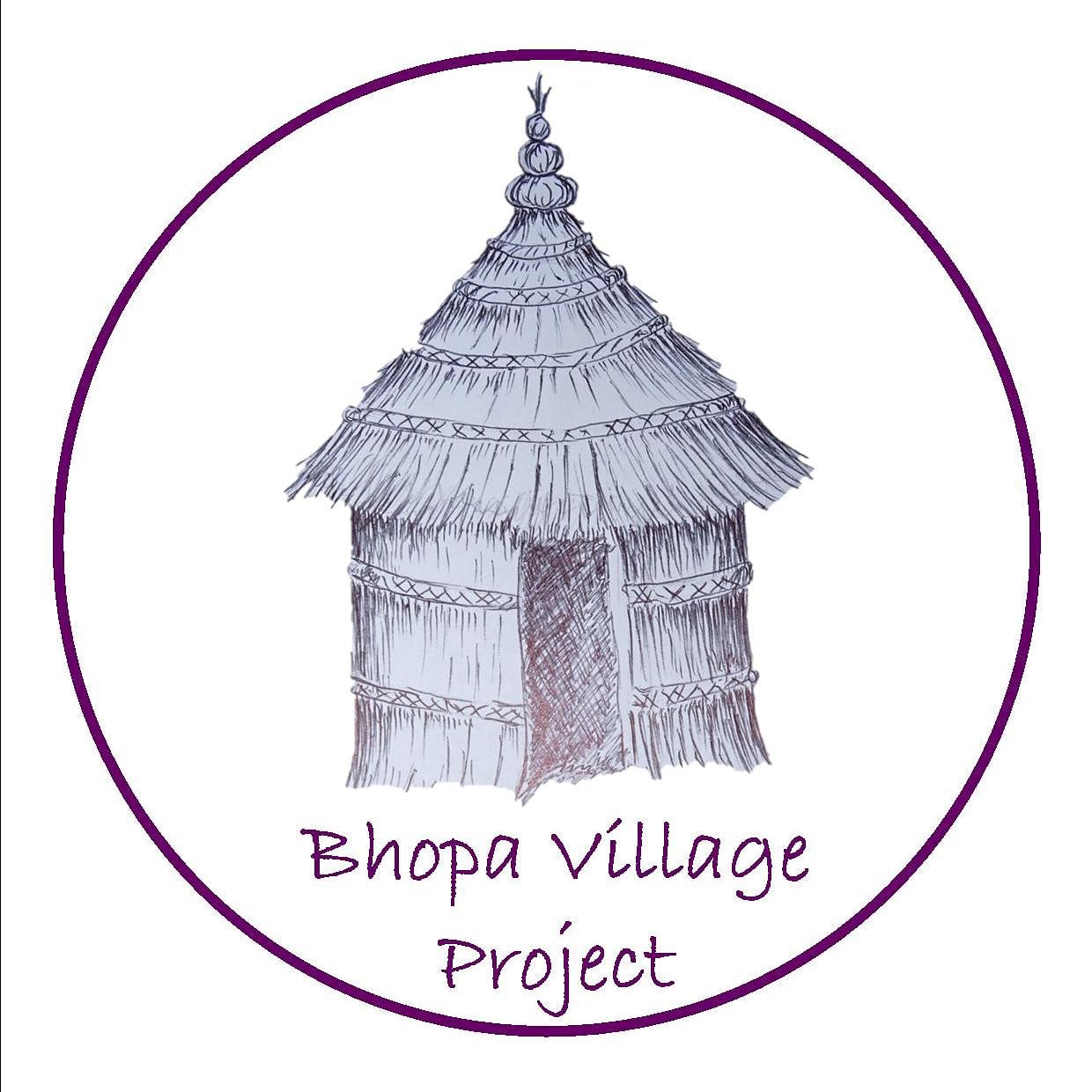Living in the desert
- Bhopa Village

- Feb 10, 2021
- 4 min read

What is it like to live in the desert?
For the nomadic people of Rajasthan that live in the Thar desert, life is very hard. The climate is extreme, with temperatures rising to above 50 degrees in the summer and falling below zero on winter nights. The families of gypsies that live here have homes made of wooden poles, plastic material and fabric. They do not fare well in the raging heat and extreme cold. In the raining season, they leak water and are damaged by the persisted wind and rain. In the heat, the plastic and fabric become brittle and turn to dust. There is a need to constantly repair and replace parts of the tents, often with old found items, usually plastic remnants and used items of clothes.
At any time of year, high winds bring sudden sandstorms which further add to the destruction of their homes, covering all their possessions and food in a thick layer of sand. The sandstorms can be up to 70 miles an hour in speed and is very painful to human life caught in its wake. This makes it impossible to go out of the tents.
As the women cook on open fires, the wind and rain mean they will go hungry if they cannot access the outside to prepare food. The open fires on which these women cook is fuelled by wood, but trees are rare in the desert. The government have fenced areas of woodland off to preserve them, so the women go at night to collect this wood risking a possible beating in the process, if they are caught. The food that is cooked comprises of very little in the way of vegetables and is usually a watery highly spiced liquid served with chapatis’. Due to this, the children are very small and malnourished. They suffer from sickness, colds and fevers on a regular basis.
The women and children are tasked with collecting water, often caring more that 10kg on their head for more than half a mile. The water pump is a social place where they wash their clothes, chat and pump water for each other. Bathing is not really possible for the women as the area is exposed for miles around.
There is no toilet, so when they need to go to relieve themselves, it’s a long walk to an empty place, with a bottle of water to clean their body parts afterwards. Soap is a luxury they cannot afford.
There is no electricity, so they wake early to complete the daily chores, and sleep when the sun sets. They sleep altogether in their tiny tents snuggled up together under one or two blankets, if they are lucky. There is a constant danger of snakes and scorpions entering their tents in the night.
Previously, these were nomadic people, constantly moving across the desert with the seasonal work of farming, charcoal making and entertaining at festival and events their way of making a living. This way of life has now ended, work is not available as local people are now employed in this work.
Many have now settled on government land outside of city and towns, many of these places are visited by tourists, Indian and foreign travellers. Here, they try to make a living begging, singing dancing and playing music. Some have cobras which they display for a donation. Children perform acrobatics, magic and high wire acts. Others entice the tourists to have their photos taken with the turbans or swords characteristic of the region, relentlessly chasing them down to earn a few rupees.
Due to this hard lifestyle, many of the men have turned to drink. This is becoming a very big concern, as alcohol is becoming more viable and available across India. For many it is the hopelessness of day-to-day life that is driving them to drink. This is becoming increasing difficult for their families, as often every penny earnt is spent on drink. Spousal abuse is also becoming more prevalent. The women and children have literally no-one to turn to for assistance and help.
Because historically these are nomadic people, they have no government documents, no place of birth, and many do not know their age or date of birth. They are unable to attend schools or receive any government rations or help as they do not possess the plethora of paperwork needed. Medical care and childbirth are also difficult to access without documentation. The vast majority of babies are born in the tents, with no medical staff or help in attendance. Families tend to be very large as there is no birth control or sex education available outside of towns and cities. Culturally it is seen as a good thing to have many children as they will support their parents in their old age. Boys are favoured as they will stay in the family home. Young brides traditionally join their husband’s family, sometimes far away. Only in the Kalbeliya caste are girls more favoured as they bring valuable income into the family from their dancing.
All in all it is a harsh and unforgiving life, but somehow they survive.
I have found these people to be the most generous and giving people, who happily welcome you into their homes and share what little they have.








Comments